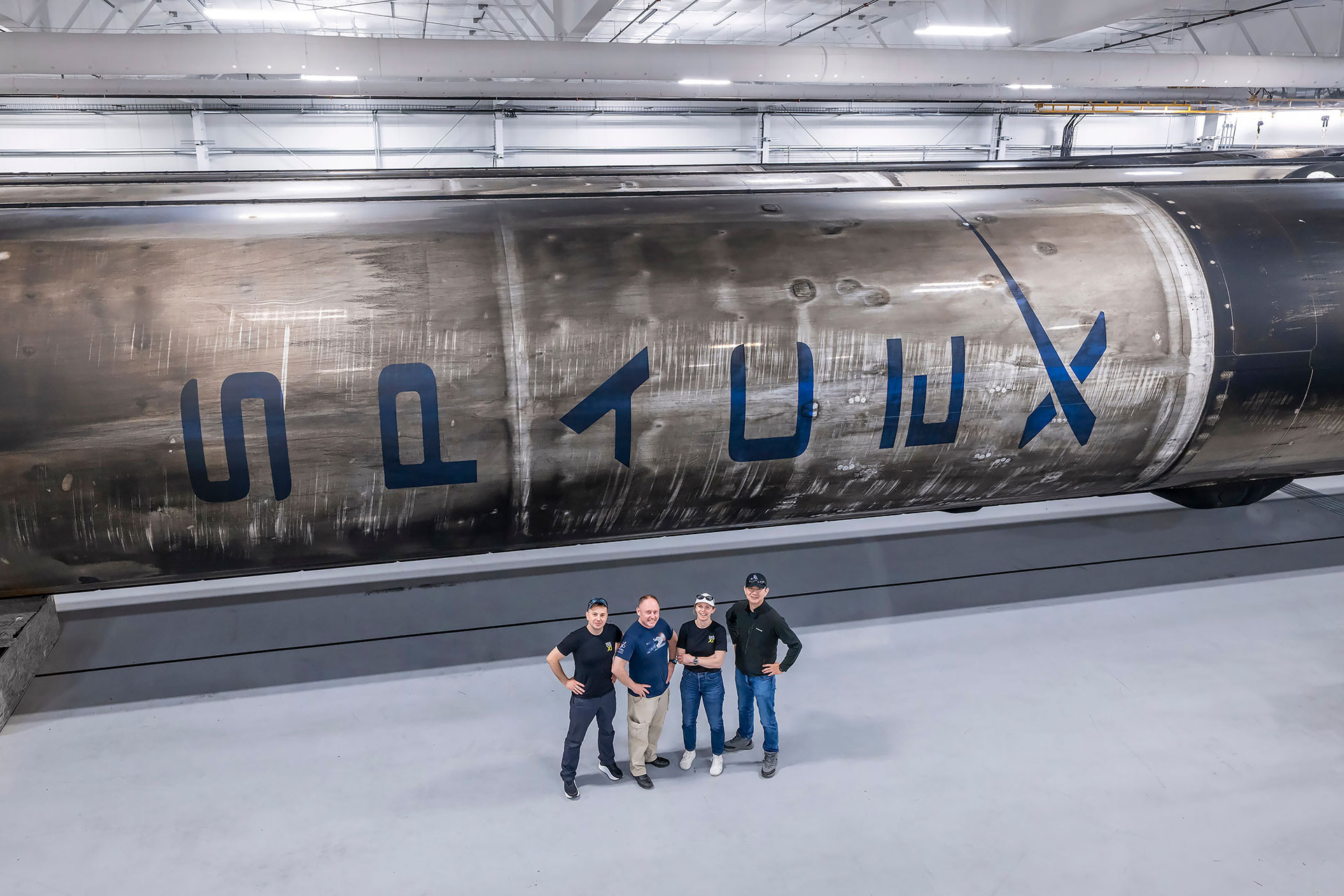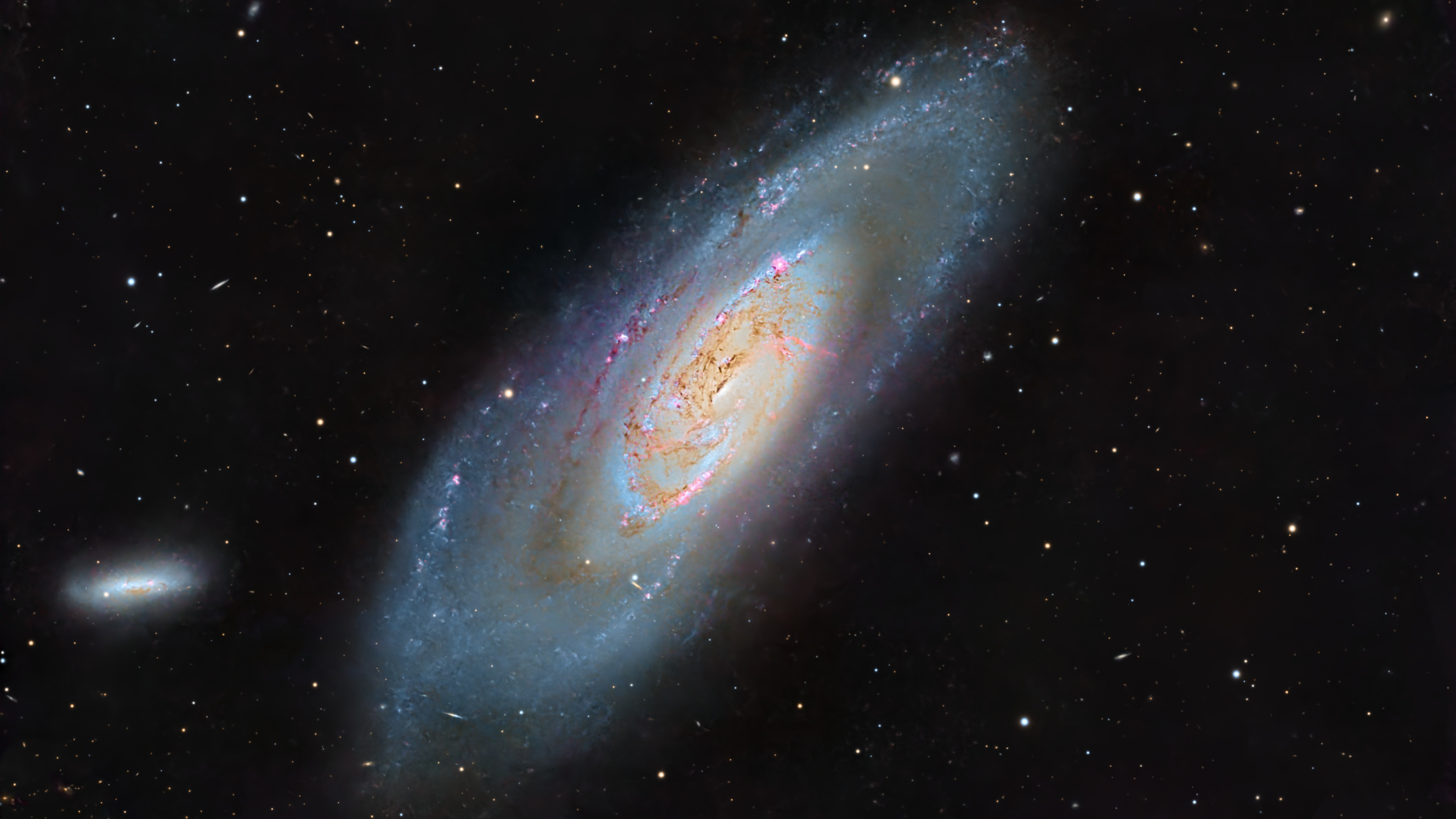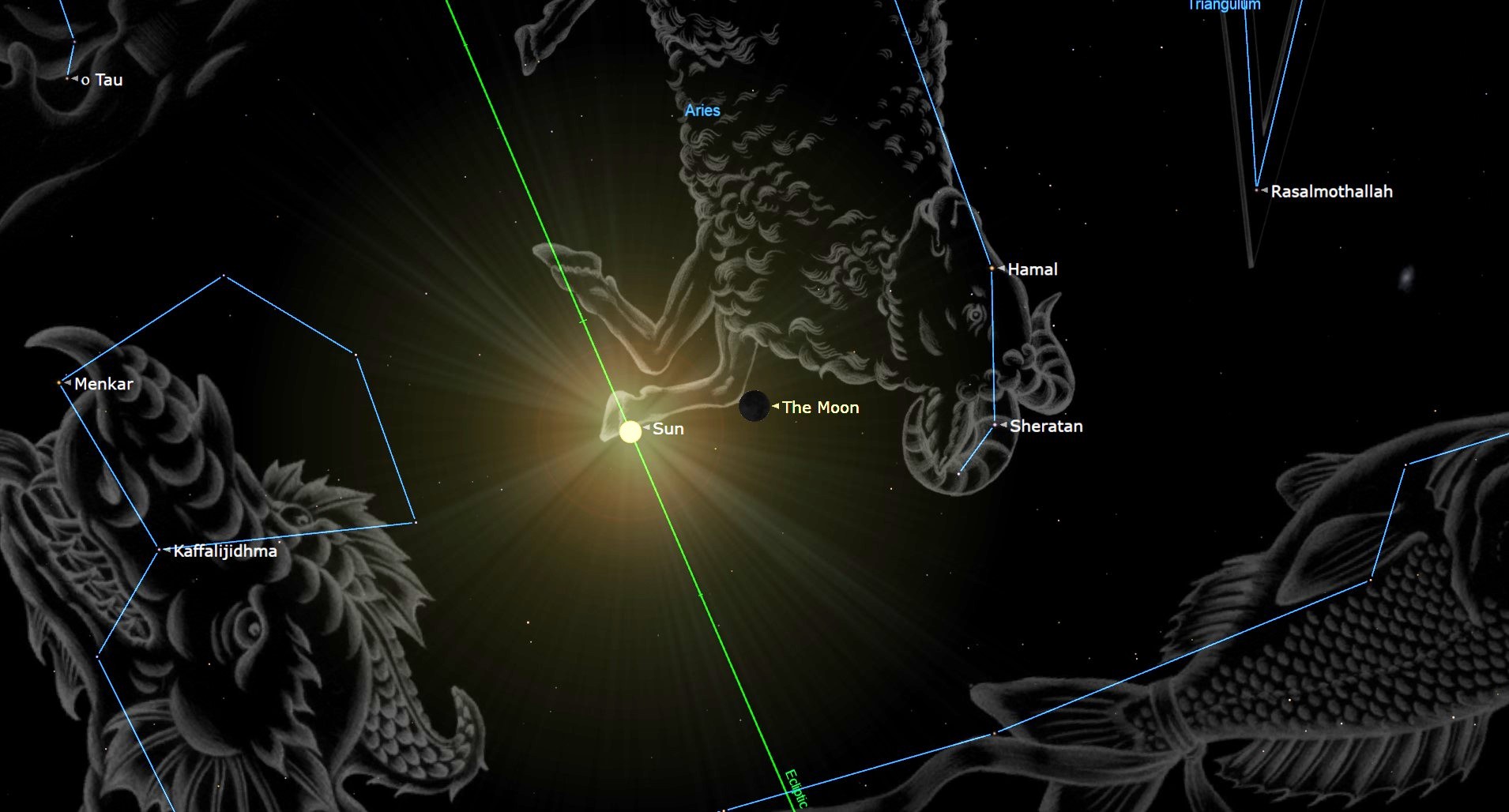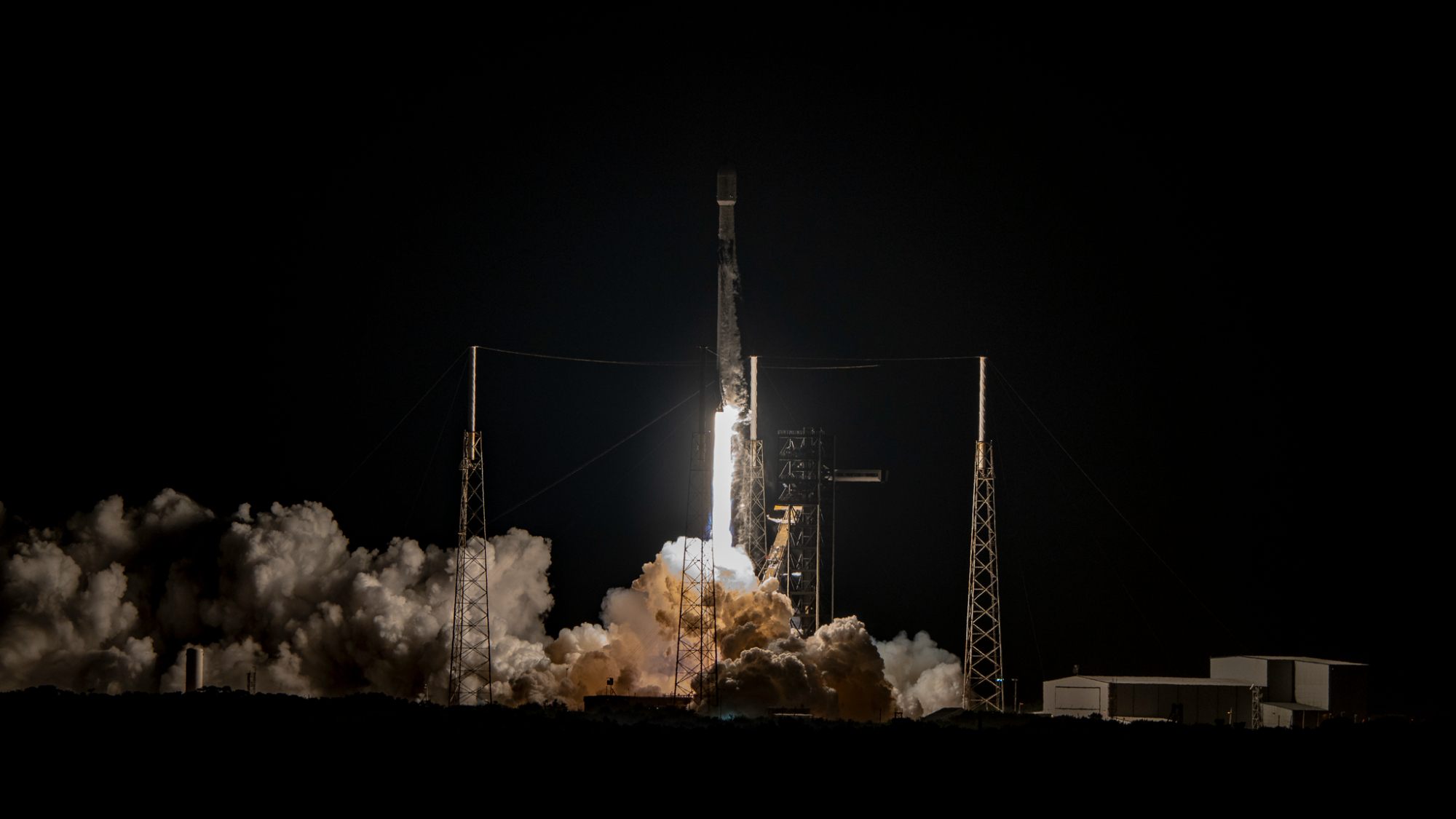Astronaut Sally Ride's Personal Items, Papers Acquired by Smithsonian
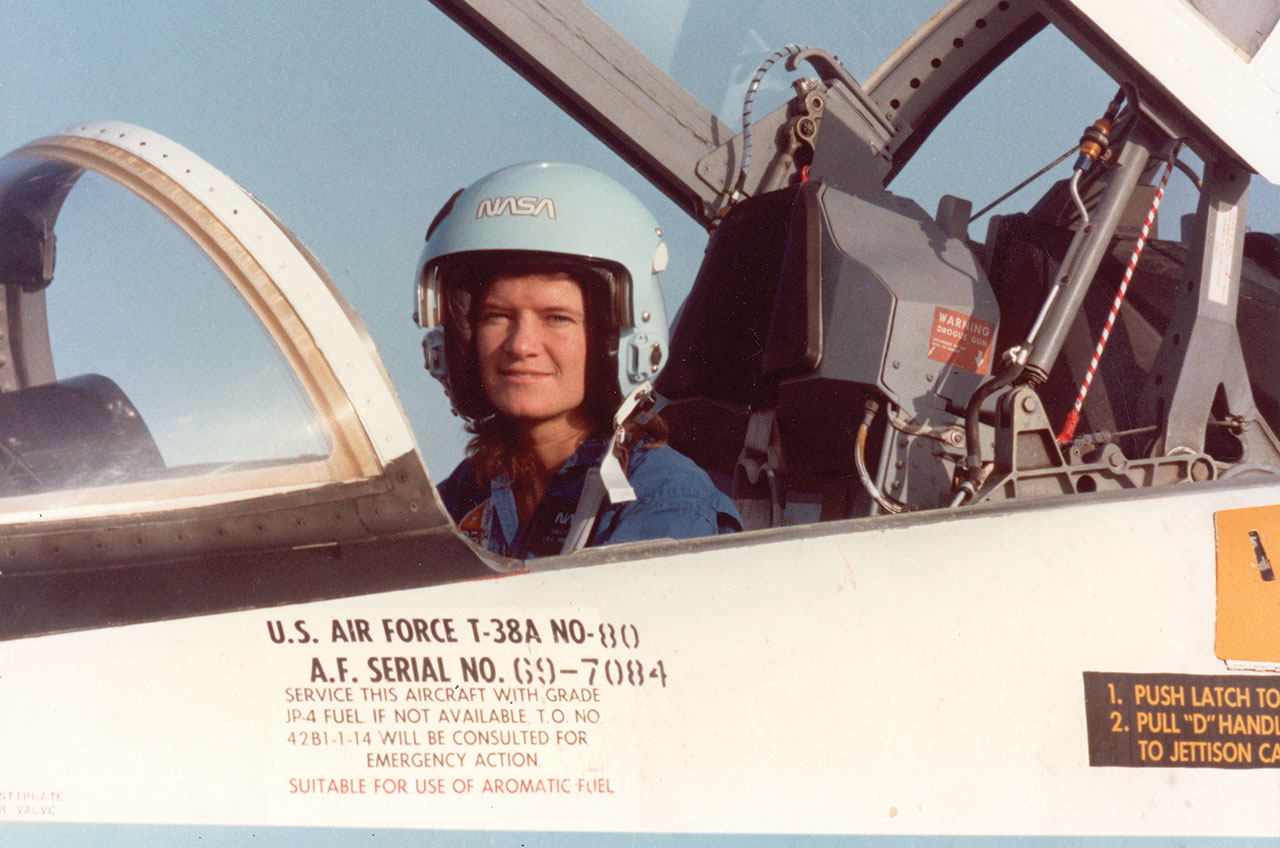
In life, Sally Ride privately organized her personal items, NASA artifacts, awards and papers, which now will represent her career and legacy as America's first woman in space as part of the Smithsonian's collection.
The late astronaut and science educator, who died in 2012 of pancreatic cancer, set aside the objects that seemed to mean the most to her personally.
"In a way, Sally Ride curated her own life, in that she put her astronaut gear and things that were most sentimental to her into a special trunk," said Valerie Neal, a curator and the chair of the space history division at the Smithsonian's National Air and Space Museum in Washington, D.C. "We sort of took our cue from her as to what was important to have in the museum's collection." [Sally Ride: The First American Woman in Space (Photos)]
Neal, together with fellow curator Margaret Weitekamp and archivist Patti Williams, will join with Tam O'Shaughnessy, Ride's partner in life and the author of the new book "Sally Ride: A Photobiography of America's Pioneering Woman in Space," on Tuesday (Oct. 6) for a public program at the museum celebrating the acquisition of Ride's possessions by the Smithsonian.
"It is a very nice representation of her kind of ordinary life as a child, her typical life as a student, her professional life as an astronaut and an educator, and then her life as an honored celebrity," Neal told collectSPACE.com. "We tried to choose objects that were indicative of all of the phases of her life."
The collection, which includes 182 objects and 24 cubic feet of documents, covers the full trajectory of Ride's life, Neal said.
Among the artifacts now in the museum are a microscope and telescope that Ride's parents gifted her as a child, as well as the baseball bat that her grandfather customized for her, responding to Ride's early interest in sports.
Get the Space.com Newsletter
Breaking space news, the latest updates on rocket launches, skywatching events and more!
There is also a wooden tennis racket that she used to play as a teenager, on her way to becoming a nationally-ranked player — an item that the acquisition review board initially questioned as perhaps being a better fit for another type of museum.
"No," Neal and Weitekamp defended, "because this was a key part of her identity."
"One of the characteristics she had as a result of a having been an athlete was that she was competitive, disciplined and a good team player. So who knows, playing tennis as a young child may have shaped her character in ways that made her a better astronaut," she said.
The National Air and Space Museum already displays the two-piece flight suit and clothing Ride wore to become the first American woman in spacein June 1983. The newly-acquired collection now adds the coveralls, boots, gloves and helmet that Ride wore when flying on board NASA's T-38 supersonic training jets.
"I love the helmet," Neal admitted. "It's pale blue – I guess you could call it sky blue or powder blue — and it has in gold leaf on the back her name in this beautiful script of the kind you usually see on wedding invitations. I just love that because it is like a concession to the fact that she is female, instead of just having block print." [Watch Sally Ride Recount Her Historic Shuttle Flight]
"That is just my interpretation," Neal clarified. "That in the midst of all of this engineering and physics, there was just this one little glimmer of sort of a more feminine side."
Among the documents added to the museum's archive are letters from female senators congratulating Ride on being selected to fly and notes from celebrities, including tennis champion Billie Jean King, as well as cartoons addressing the stereotypes associated with the challenges she would face as a woman in space.
"We have all of her training manuals and notes from when she was selected to be an astronaut to through her NASA career," Williams described. "All of her manuals, which are annotated, highlighted, dealing with the Canadarm [robotic arm], which she used."
"[Ride] was on the only person on both the Challenger and Columbia accident commissions. We have her notebooks from both of those," Williams added.
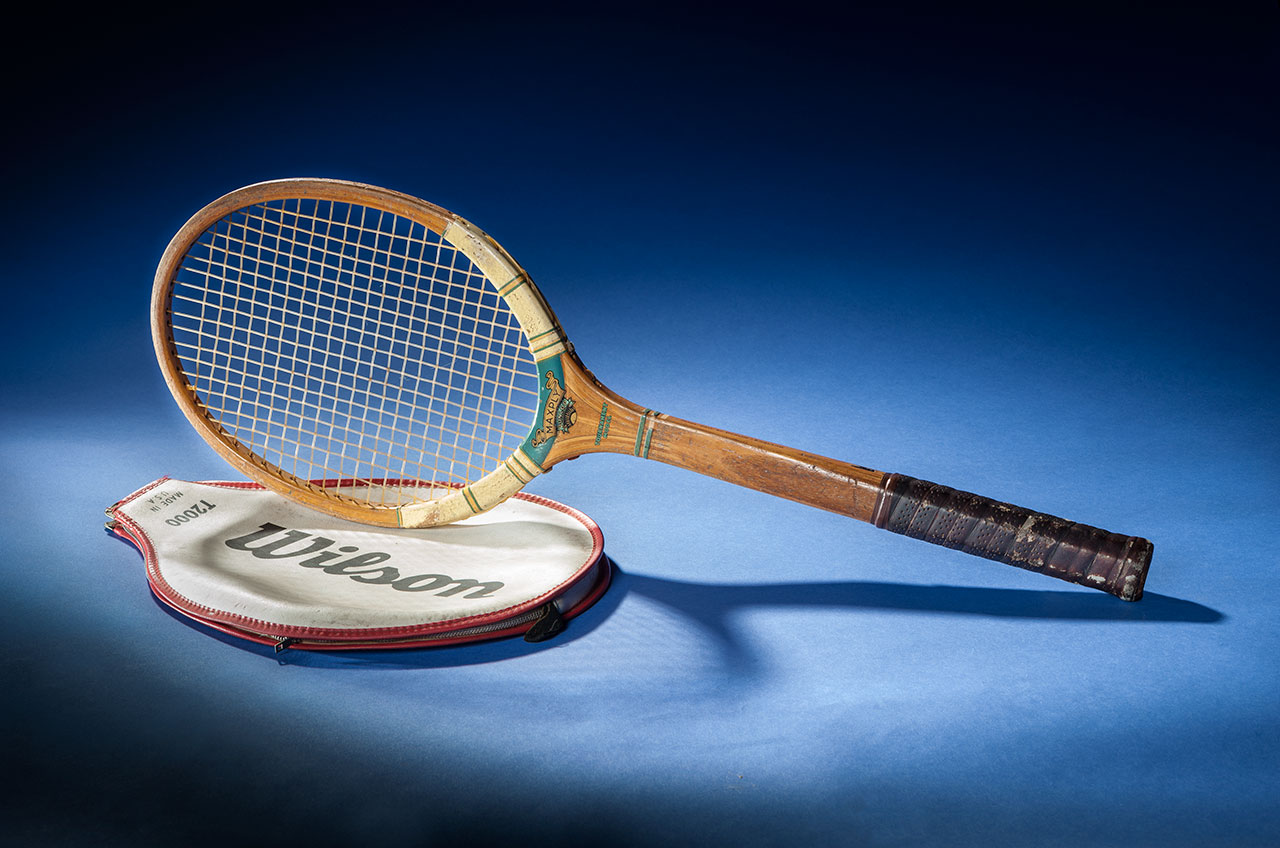
Other objects in the Smithsonian's Sally K. Ride collection include a collection of t-shirts that she wore and kept from the time around her STS-7 first spaceflight, including one that reads "Ride, Sally Ride" and another confirming "Yes, I am Sally Ride's Father."
"These are not mint condition shirts that have never been worn, they are t-shirts that have been worn and well-worn," Neal described. "One of them says, 'A Woman's Place is Now in Space.' It was clear these were things she enjoyed wearing."
The museum also acquired a number of awards that were presented to Ride, including the keys to the cities of New York, Los Angeles and Cocoa Beach, as well as service medals bestowed to her by NASA. In life, Ride kept these stored away though, choosing only to display in her home a much more subtle and, to her, significant honor — the Shapiro Award, a Baccarat crystal bowl awarded to her for public service in San Diego.
"The one award that we noticed was visible in her house was this discreet glass bowl that until you looked closely at, you would not even know was Baccarat crystal," Neal said. "Tam said that it meant the most to [Sally] because it acknowledged her for who she fundamentally thought she was, which was a person who was trying to make an impact in education and to be of value to the community around her."
The National Air and Space Museum will place on exhibit 32 of Ride's artifacts in a new temporary display as part of its renovated Milestones of Flight Hall, which is set to re-open in July 2016. The objects will be representative of all of Ride's life, from her childhood to astronaut career to her celebrated role in history.
"The fact that they belonged to the first American woman in space, of course they belong in the Smithsonian," said Neal. "Where better to have these objects to commemorate that achievement."
See more photographs from the Smithsonian's Sally K. Ride Collection at collectSPACE.
Follow collectSPACE.com on Facebook and on Twitter at @collectSPACE. Copyright 2015 collectSPACE.com. All rights reserved.
Join our Space Forums to keep talking space on the latest missions, night sky and more! And if you have a news tip, correction or comment, let us know at: community@space.com.

Robert Pearlman is a space historian, journalist and the founder and editor of collectSPACE.com, a daily news publication and community devoted to space history with a particular focus on how and where space exploration intersects with pop culture. Pearlman is also a contributing writer for Space.com and co-author of "Space Stations: The Art, Science, and Reality of Working in Space” published by Smithsonian Books in 2018.In 2009, he was inducted into the U.S. Space Camp Hall of Fame in Huntsville, Alabama. In 2021, he was honored by the American Astronautical Society with the Ordway Award for Sustained Excellence in Spaceflight History. In 2023, the National Space Club Florida Committee recognized Pearlman with the Kolcum News and Communications Award for excellence in telling the space story along the Space Coast and throughout the world.


